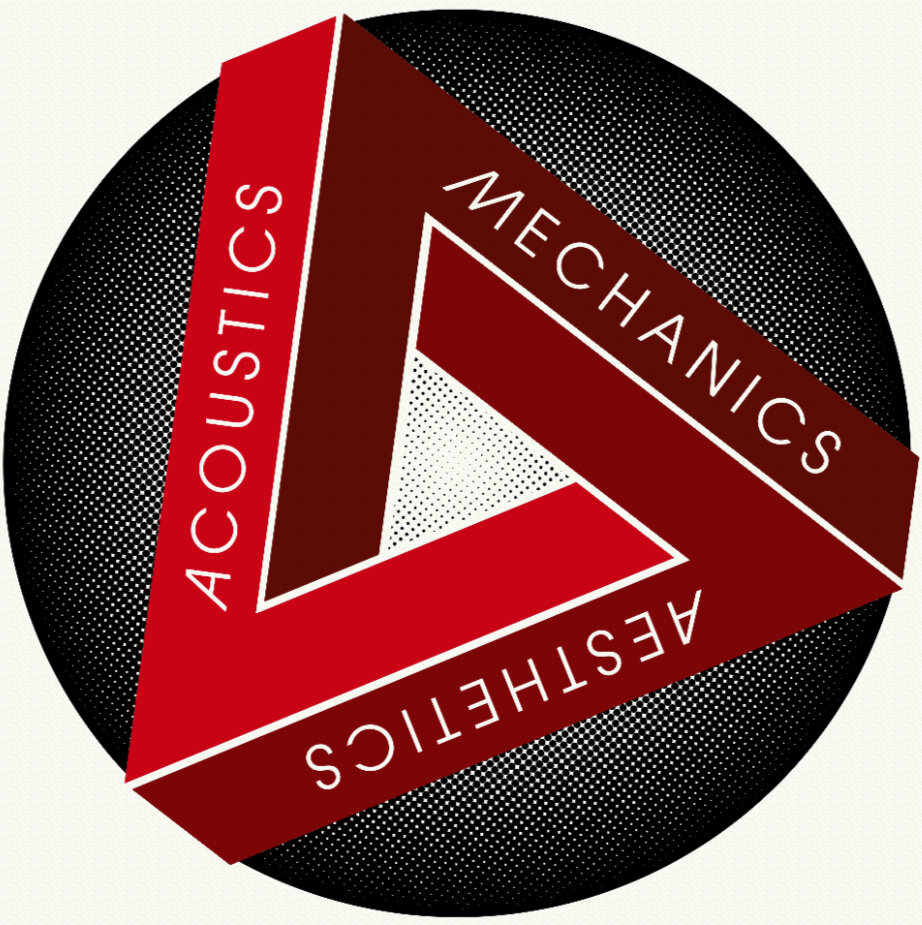
Expanding musical participation, experimentation, and access for musicians and non-musicians alike
What is Anarchestra?
Anarchestra is two things: first, it is a group of approximately 200 instruments and a collection of works composed for them, almost all of which were designed, constructed, and written by Andrew Thurlow between 2000 and 2020. The instruments were designed to liberate players from preconceived notions of music and music performance. Together, they represent the largest work of outsider musicianship since Harry Partch.
Second - and more importantly - Anarchestra is the thousands of people who play and have played music on these instruments (and all are welcome), as well as the socio-musical ideas that inform their playing. Beyond the instruments themselves, Anarchestra exists as a type of new folk music: a philosophy of instrument making and playing that removes the distinction between musicians / non-musicians and is open to all. Anarchestra does not just invite everyone to play music; it asks people to take an active role in defining what music is, both for themselves and for society.
Why We Build Instruments, And How You Can Join In
by Andy Thurlow
An instrument is a tool or device. A musical instrument is a tool or device that enables a person to generate sound. To a certain extent whether the sound generator ends up being musical or not depends on the person who uses it. One on my fondest musical memories is of a performance given by the legendary free jazz musician Don Cherry in which he played a toy whistle, a paper bag, some cans, and a few other things he’d obviously found in the trash on his way to the ‘show’.
No sound generator is inherently musical or not. I lived in the apartment upstairs from a pitch-recognition challenged dude who was teaching himself the violin for a couple of months and awoke to his scrapings every dawn. Theoretically, a violin is a musical instrument, but it this case it sounded nothing like (although I did admire his dedication and persistence).
Even the simplest soundable object has a wide variety of sounds it can produce. With a capacity for listening and a few embellishments, a person could make a musical instrument out of nearly anything.
The idea that the conventional instruments are inherently more efficient or expressive than many of the alternatives to them is mostly nothing more than a cultural prejudice toward what is familiar.
Western culture has attained its hegemony predominately through its willingness to reject and exclude anything (ranging from physical characteristics, epistemological beliefs, and socio-economic theories to ideas of beauty and even musical instruments) that occupies areas outside of its canon. In the (continuing) era of colonialism it has enabled itself to enslave and/or exploit the rest of the world by devaluing and dismissing the humanity and intelligence of those it wished to enslave and/or exploit.
If one accepts partition (either/or) as a basis for logic, one can easily find an argument to reject anything. Whoever is allowed to define what is included in ‘sameness’ can easily find a way to reject (define as ‘other’) whatever suits them at any given time.
“One of these things is not like the others
One of these things just doesn’t belong”
Personally, I find this methodology not only limiting to the imagination, but socially abhorrent and at the root of nearly everything shameful undertaken by humans.
Instruments can be as diverse as the people who make and use them. It’s the use of a sound generating tool that determines whether it’s musical or not. A Stradivarius violin sitting on a shelf is less a musical instrument than a saucepan in the hands of a sonically engaged three year old.
So, to make an instrument:
Find a sound (object/material with timbre) that is interesting and useful (attack/sustain, simplicity/complexity of pitch).
Solve for ergonomics (physical aspects of producing sound, playing)
Solve for volume (amplification, damping)
Solve for pitch (tuning)
High/low (pitch) and loud/quiet (volume) are the two most obvious elements of music making. The degree of control one has over them correlates to the usefulness of the instrument in a variety of circumstances. Efficiency of producing wanted sounds and marginalizing unwanted sounds (ergonomics) likewise correlates to an instrument’s usefulness.
These steps have no particular order. Generally speaking, it makes good sense to start with the hardest one. Simplicity is always a useful goal; the less concentration a player needs to control a sound, the more they can concentrate on making that sound part of some music. If you want to learn more, check out “Musical Instrument Design: Practical Information for Instrument Design” by Bart Hopkin.
